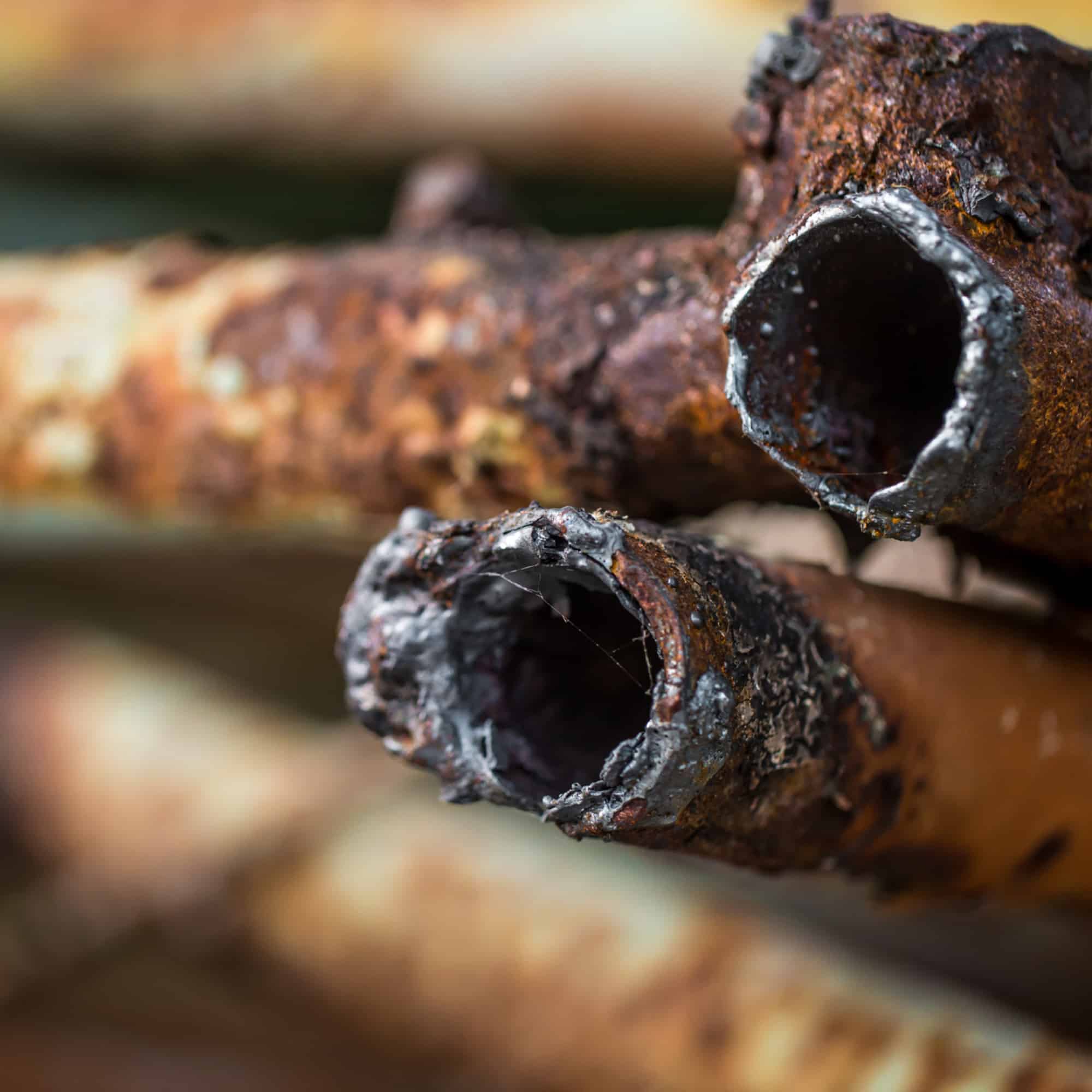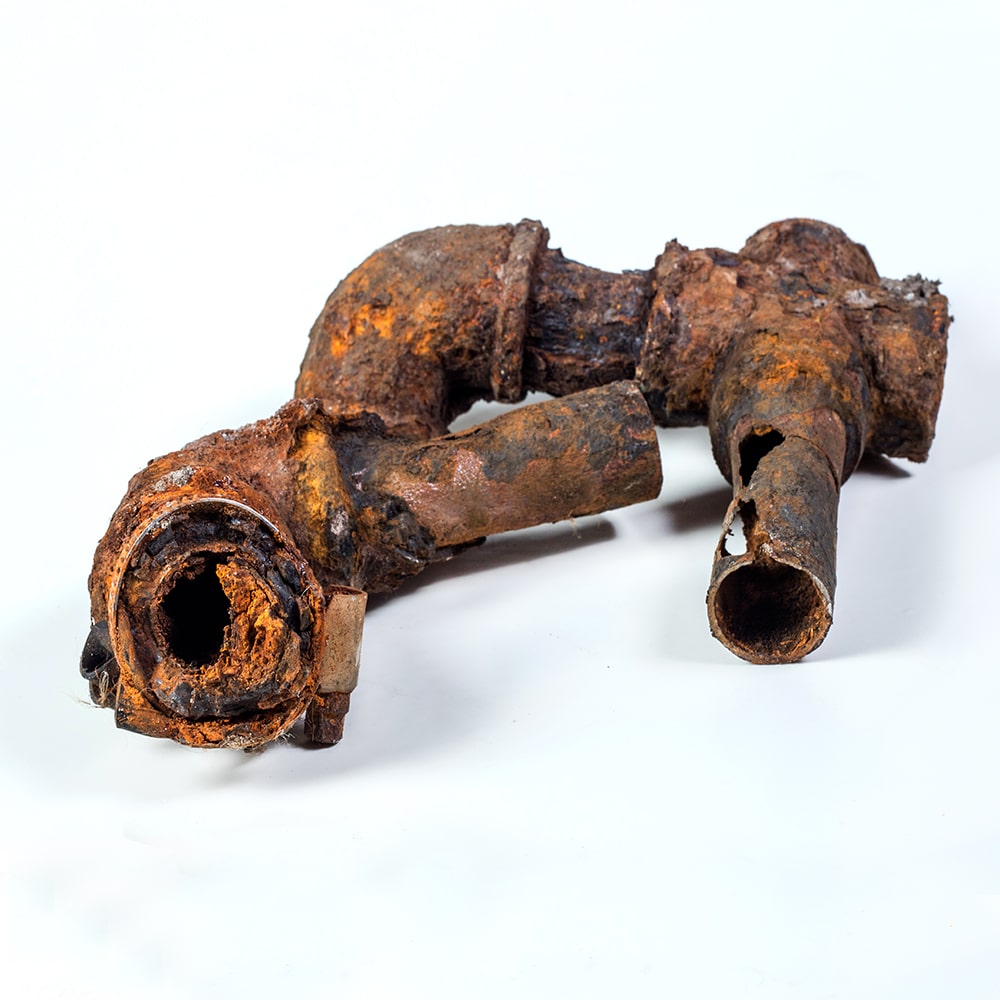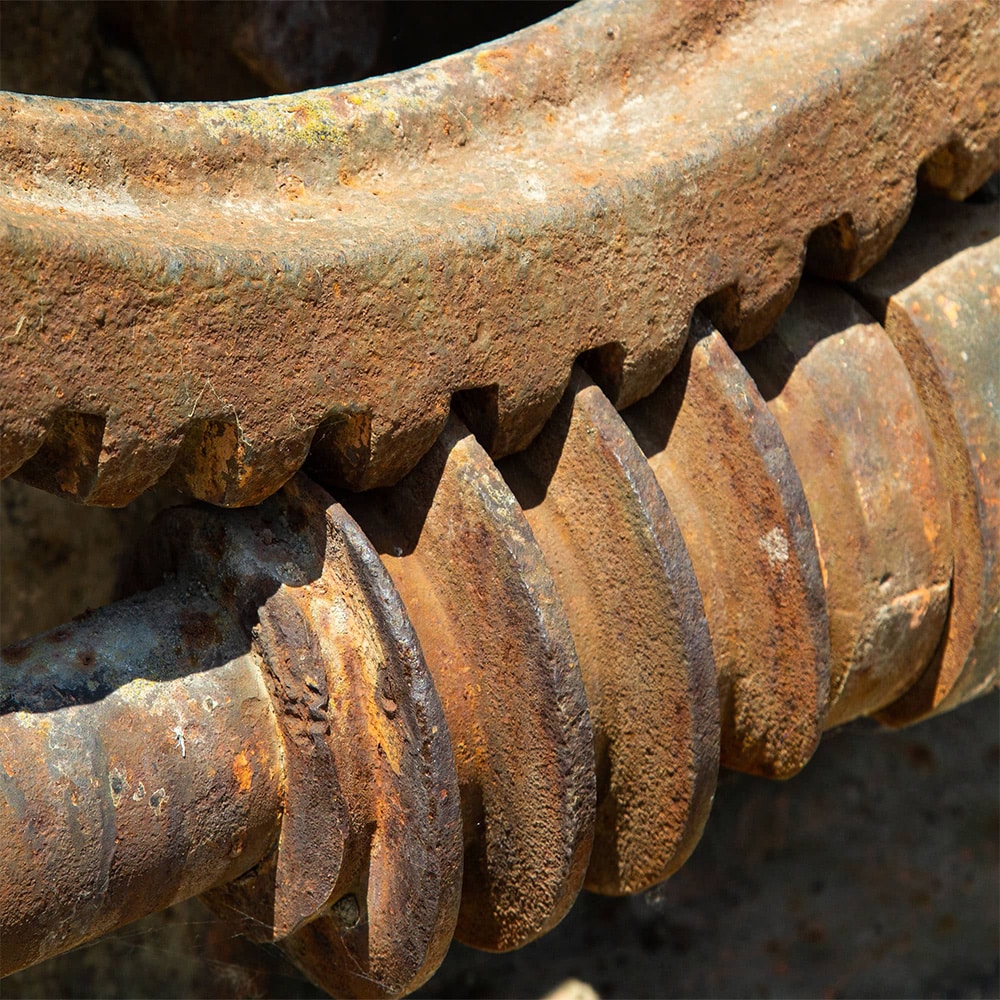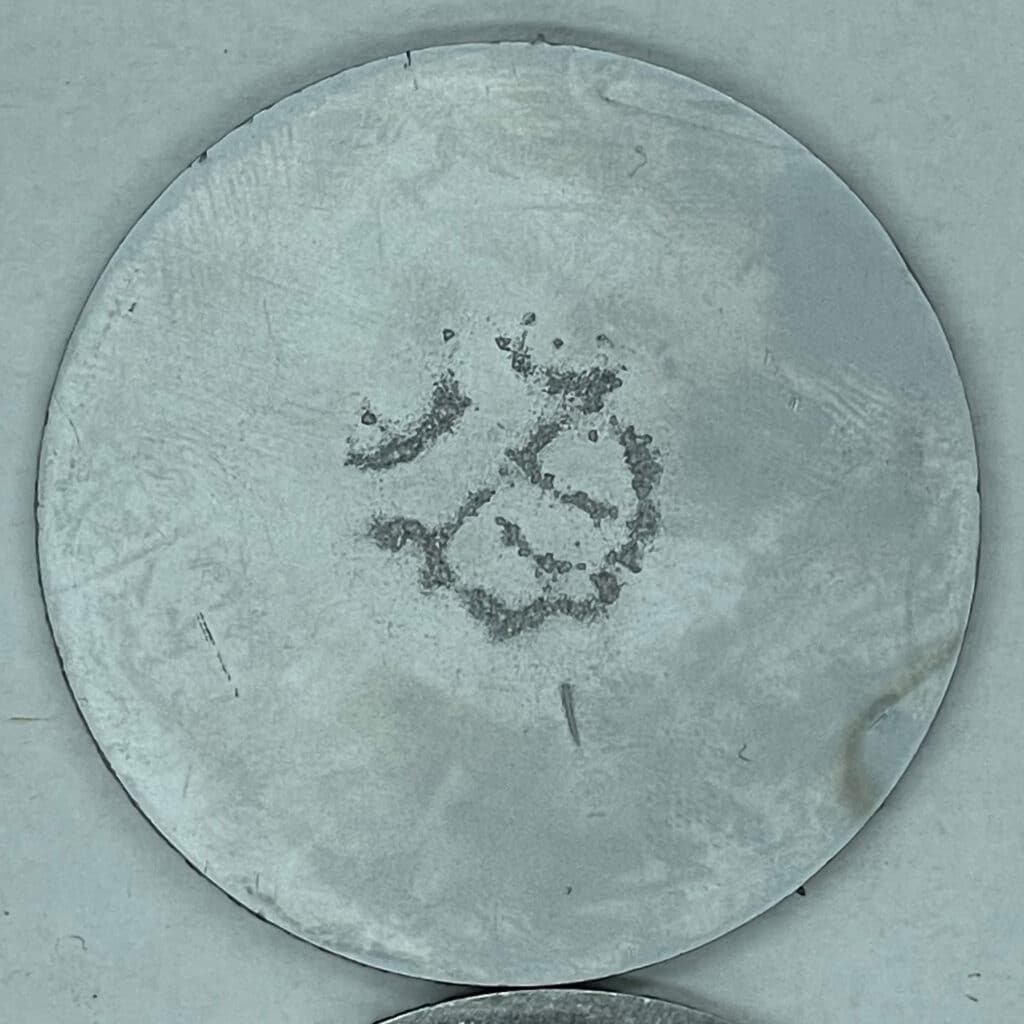Erosion corrosion occurs when high-velocity fluids cause both mechanical wear and chemical attack on a metal surface. It’s commonly found in dynamic systems like pumps, pipes, valves, and impingement zones. Detection typically involves a mix of visual inspection, testing, and environmental assessment:
Visual Signs
- Flow-aligned grooves, scallops, or streaking
- Localized thinning near bends, elbows, or fittings
- Roughened surfaces or material loss in turbulent zones
Non-Destructive Testing
- Ultrasonic Testing (UT): Detects wall loss or thinning
- Eddy Current: Identifies pitting near the surface
- Radiography: Reveals hidden erosion in complex components
Environmental Analysis
- Check fluid chemistry for corrosive agents like chlorides or acids
- Use flow modeling to pinpoint high-velocity or turbulent regions
- Microscopy can confirm combined chemical and mechanical wear patterns
Early detection helps prevent failure through better coatings, design adjustments, or material upgrades.









